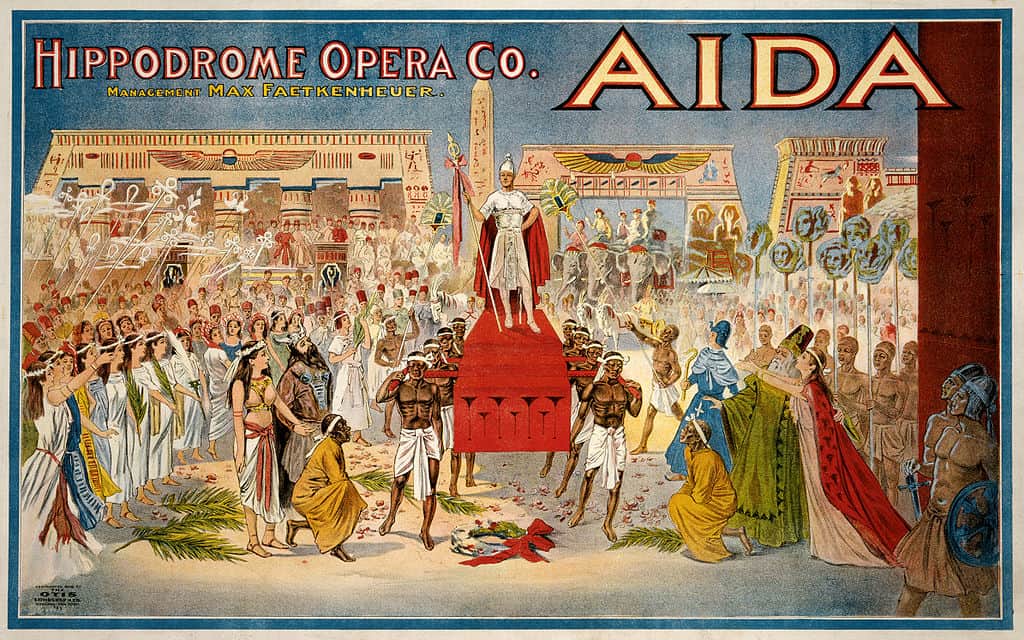Opera was born in Italy and is quintessentially Italian. ‘Opera’ is the Italian word for ‘work’ and refers to the hours of hard work and dedication by the composer, singers, and musicians to perform an opera. Operas are powerful, captivating, and deeply emotional with lyrics set to beautiful orchestral music. Some of the greatest operas have been written by Italian composers and the first was Dafne by Jacopo Peri in 1598. At one time, operas were only written with Italian lyrics, but this has never been a problem for opera lovers, as there are dramatic plots and extravagant costumes as well as memorable music.
Table of Contents
10 Well Known Italian Operas You Must See
L’Orfeo- By Claudio Monteverdi
Claudio Monteverdi is nicknamed the ‘father of opera’ as he was one of its early pioneers. Monteverdi was born in Cremona, northern Italy and was a violinist, choirmaster and priest. He composed both holy and secular music including three operas that marked the change from Renaissance to Baroque style.
L’Orfeo is Monteverdi’s first opera and is an emotional and melancholic opera that tells the mythological story of how Euridice dies from a snake bite. Orpheus is heart broken and tries to save her from the underworld using his music.
For the first time, in a large-scale composition, Monteverdi indicated in the musical score, which instrument should play which part. In doing this, Monteverdi created a new style of music which in those days was called dramma per musica – musical tragedy.
L’Orfeo was first performed at the Duke of Mantua’s court where it was a great success.
La Bohème by Giacomo Puccini
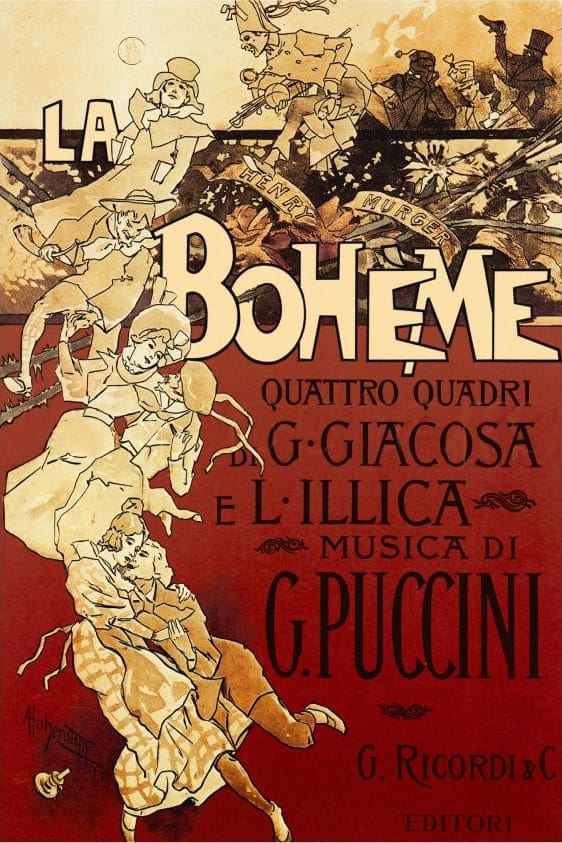
Puccini wrote La Bohème in Turin in 1896 and it is the most loved of his operas. The opera is based on a novel by Henry Murger and is set in Paris in the 1830s. Puccini’s attention to detail is impressive. La Bohème tells the story of a group of penniless artists and students who are trying to keep warm and pay their rent.
Mimi is a Bohemian seamstress and flower maker who offers warmth and shelter to the poet Rodolfo. It is love at first sight, but it is marred by Mimi’s secret- that she has tuberculosis and will die. The couple goes their separate ways, but Mimi returns to die in Rodolfo’s arms, surrounded by her Bohemian friends.
The role of Mimi is one that all operatic sopranos want to perform as it includes the famous arias -.“Che gelida manina,” “Mi chiamano Mimì,” and “Quando m’en vò”. One of the greatest performances of all time was by Maria Callas.
Madam Butterfly by Giacomo Puccini
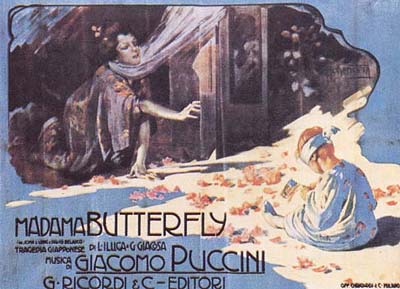
Giacomo Puccini wrote this famous opera in Milan in 1904, based it on a popular play that he had seen performed in London four years earlier.
Cio-Cio is a beautiful 15 year old Geisha girl who falls in love with the dashing American naval lieutenant Benjamin Pinkerton in Nagasaki, Japan. Cio-Cio’s name means ‘butterfly’ in Japanese and Pinkerton nicknames her this. Her parents totally disapprove of the match but the two marry. On their wedding night, Cio-Cio becomes pregnant with their son.
Pinkerton is posted back to the United States and Cio-Cio waits patiently, looking forward to his return with their little boy. Benjamin Pinkerton does not return to Nagasaki for three years – and when he does, it is with his new American wife. This is too much for Cio-Cio, who takes her own life in the final and very dramatic scene. The best-known pieces from this spectacular opera are “One Fine Day” and the “Humming chorus”.
Tosca by Giacomo Puccini
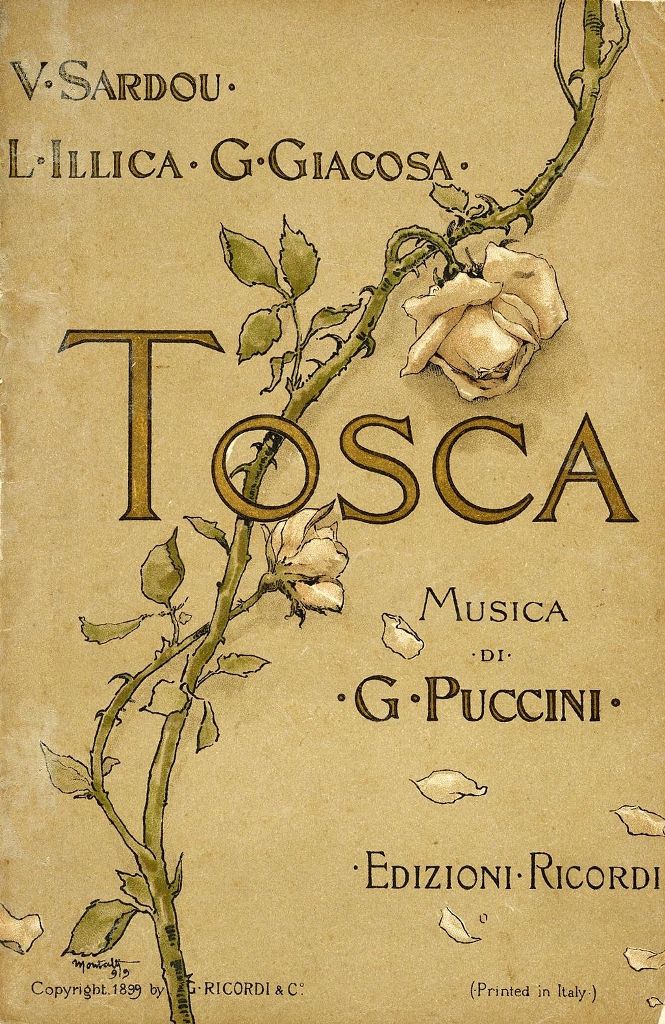
Puccini wrote Tosca in Rome in 1900 and it is a fast-moving political thriller, set in Rome in June 1800 during the Napoleonic wars at a time when there was great political unrest. The opera-singing heroine is Floria Tosca who is in love with Mario Cavaradossi, a painter, and strong Republican. Mario is trying to help his friend Angelotti who has escaped from prison.
As the plot unfolds, Tosca stabs the villain who is the corrupt Baron Scarpia, Chief of Police. To her horror, she then watches her lover die as he has been sentenced to death. Filled with heartache and being chased by the police for the murder of their boss, Tosca jumps to her own death.
Turandot by Giacomo Puccini
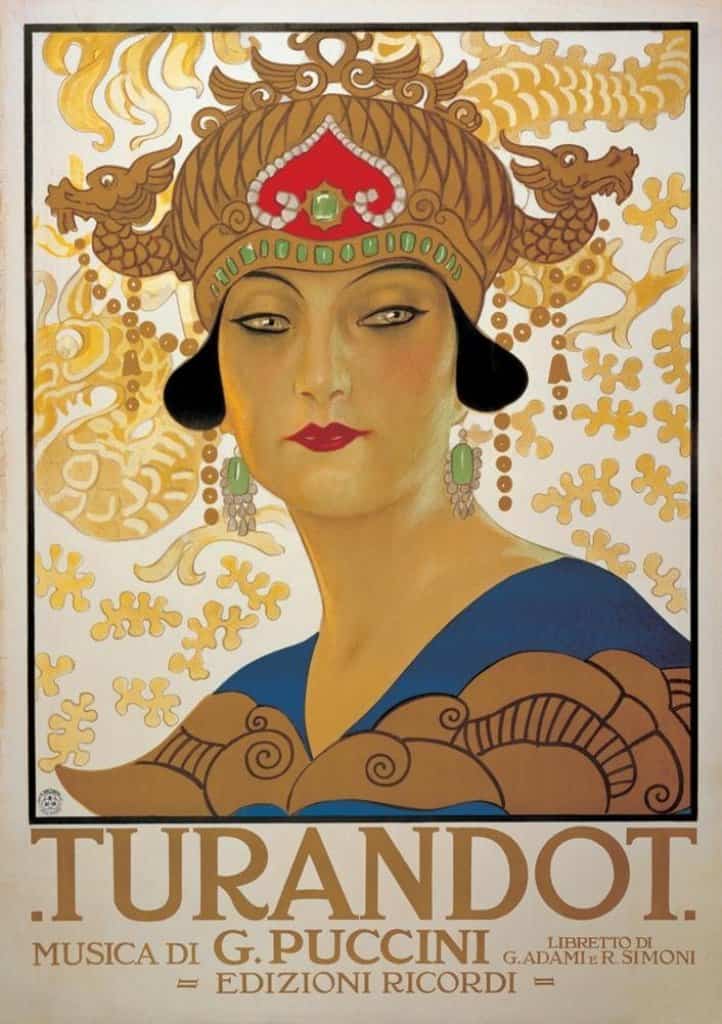
Turandot was the last opera that Puccini wrote in Milan and Rome in 1921. It tells the story of the man-hating Chinese princess, Turandot, and Calaf the man who finally melts her heart. The princess has declared that any suitor must first solve three riddles in order to marry her and if they get an incorrect answer they will be executed.
Puccini’s tenor aria Nessun Dorma (None Shall Sleep) is one of opera’s greatest – it is a triumphant song of confidence in which Prince Calaf vows to be the one to solve the three riddles and win Turandot’s hand The song became world-famous after Luciano Pavarotti’s 1972 recording became the theme song of the 1990 FIFA World Cup in Italy.
Puccini died in 1924, before completing the opera and his composer friend Alfano completed the work using Puccini’s sketches and also completed La Rondine. The premiere of Turandot was at the Metropolitan Opera, New York, in November 1926.
La Traviata by Giuseppe Verdi
Giuseppe Verdi was a genius and he wrote La Traviata just two years after completing his other major work, Rigoletto. Verdi wrote the opera in Venice and today, it is the most performed opera in the world. La Traviata is popular because it features simple but effective and memorable music.
The story of La Traviata is set in Paris. Violetta Valery is the beautiful heroine and ‘traviata’ – meaning ’woman gone astray. The opera tells of her troubles in love and the concerns of her father against the colorful backdrop of the Parisian party scene. This opera is known for its wonderful arias including Libiamo” and “Sempre Libera” which both appear in the first act and Violetta’s famous aria “Amami Alfredo” which is the highest point of the opera. Libiamo is so loved that it is performed by the soloists and choir as the encore at the end of the opera.
Aida by Giuseppe Verdi
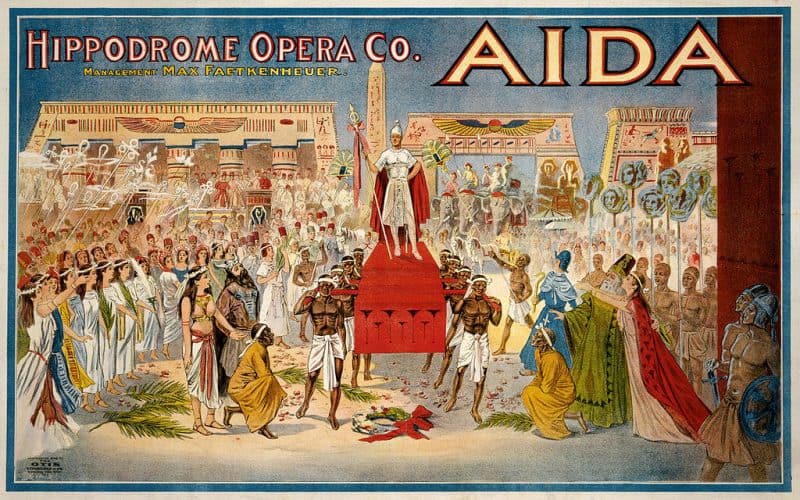
Verdi’s popular opera Aida was commissioned by Khedive Isma’il to celebrate the successful completion of work on the Suez Canal which had opened in November 1869. The premiere of Aida was held at the newly opened Khedivial Opera House in Cairo on 24 December 1871.
Aida tells story of the love of the Ethiopian princess, Aida and her Egyptian captor, Radamès. Celeste ida is the opera’s famous tenor aria sung by Radamès about the woman he loves. To complicate matters, Amneris, daughter of the pharaoh loves Radamès too, but her love is not reciprocated.
Rigoletto by Giuseppe Verdi
Written in Venice in 1851, by Giuseppe Verdi, this three-act opera is compact and very melodramatic. The opera is based on the 1832 play Le Roi S’Amuse by Victor Hugo. The opera was originally called La Maledizione meaning The Curse. The name refers to the curse placed on the womanizing Duke of Mantua and his hunchbacked jester, Rigoletto, by a courtier when he learns that the Duke has taken advantage of his daughter.
Unbeknown to Rigoletto, the Duke has now set eyes on his daughter, Gilda, as she goes to church and manages to lure her to his bedroom. Rigoletto soon finds out what has happened, but does not realize that his daughter loves the Duke.
The curse comes to fruition when Gilda sacrifices her life to save the Duke from the assassin who has been hired by her father.
The Barber of Seville by Gioachino Rossini
Gioachino Rossini is well known for both his tragic and comic operas with The Barber of Seville being his best-known work. The opera tells the story of the ‘larger than life’ character Figaro, who is a barber and ‘jack of all trades’ in Seville. He sets out to assist his friend Count Almaviva to woo the charming – but extrovert – Rosina.
The opera was composed in 1816 and took Rossini just two weeks to complete. Having written 35 operas by the time he was 37, Rossini felt it was time for him to retire! The Barber of Seville is viewed as a challenge by opera singers as it is incredibly difficult to perform.
Pagliacci by Ruggero Leoncavallo
Although Leoncavallo wrote nine operas, Pagliacci is the only one that is still regularly performed. Pagliacci means ‘clowns’ and the opera tells the story of an acting troupe of four clowns. There is an evil clown, a romantic clown, and a jealous clown who are all male, and one female clown who is an abused young woman. The jealous clown, Canio, is driven to despair by his wife Nedda and her lover, Silvio, and kills them both. Vesti la Giubba (Put on the Colour) is the opera’s well-known tenor aria
Pagliacci is often performed by opera companies as part of a double bill with Cavalleria Rusticana by Petro Mascagni and this popular duo has the nickname ‘ Cav & Pag’.

